We've created for you a list of the 'top 10 museums to visit in Warsaw' should you need a quick lowdown on how to spend your potentially limited time in the city.
1. The Royal Castle
More a palace than a castle, this building is the pride of Warsaw, reconstructed from a pile of rubble at incredible cost between 1971 and 1984. Much of the furniture was donated by now deceased commie buddies such as the GDR and USSR, and much of the money for rebuilding came from generous donations from exiled Poles. Dating back to the 14th century, the castle has been the residence of Polish kings, then of the president and then the seat of parliament. A visit will take you through the Kings' apartments and chambers, heavily adorned with paintings of famous Polish moments. You can also visit the opulent Great Assembly Hall, the Royal Gardens, and see temporary exhibitions including one on the history of art in Lviv, another with postcards that show the castle, and a third on Renaissance artist Titan (all three exhibitons last until January 2024).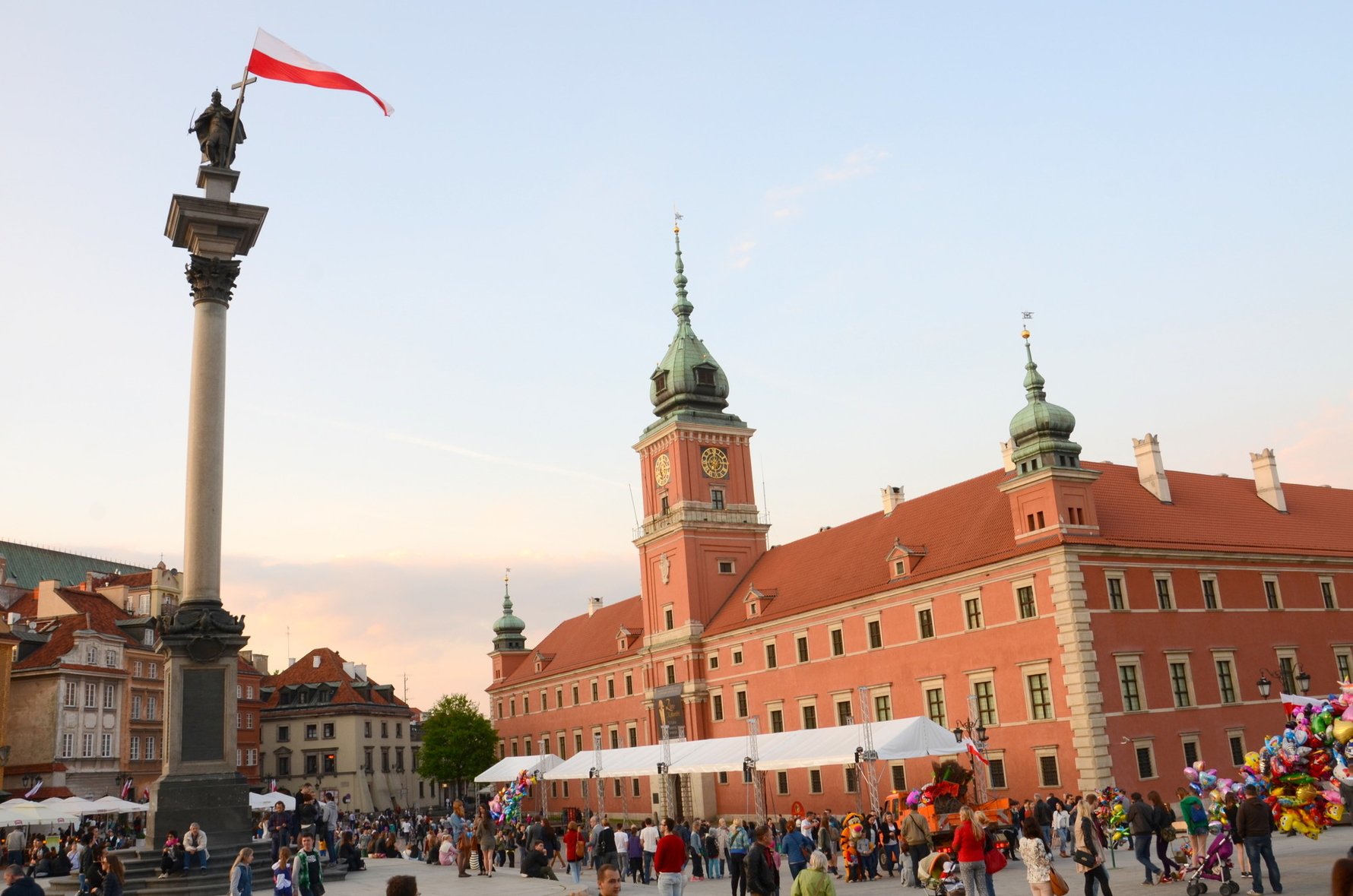
2. Łazienki Park
The park and palace complex where half of Warsaw descends on a Sunday to take the traditional family stroll, the name Łazienki means baths and is derived from the park’s centrepiece and best-known attraction, the Palace on the Island. The palace was originally built in the 17th century as a private bathhouse for Stanisław Herakliusz Lubomirski, owner of the adjacent Ujazdowski Castle and much of the surrounding land (and much of Poland, come to mention it). The bathhouse was bought by the last king of Poland, Stanisław August Poniatowski, in 1772 and converted into a private residence (thus taking the name Palace on the Island). It was at this time that the grounds were formally laid out as a private garden, most of the landscaping being carried out to the designs of Karol Ludwig Agricola and Karol Schultz. Today dotted with many palaces (big and small), summer houses, pavilions, mansions, cafes, restaurants, lakes and theatres, the most notable features include the Art Nouveau Chopin monument (1926), the Palace on the Island (remodelled in 1792), an Old Orangery and a classicist amphitheatre loosely inspired by Herculaneum. As such, Łazienki offers much to see and to make the best of it you should plan to spend a full day here.3. Copernicus Science Centre
A rare example of European Union funding being used in a genuinely visionary way, the CSC is many things, including the very best science centre in Europe, one of Warsaw’s top tourist attractions, and - in the words of Poland’s then Education Minister shortly before the opening - an attempt to restate the case for science and research in what can still be an intensely and deeply religious country. In that sense, giving the centre the name of the man who did so much to end the church’s monopoly of education in the first place is little short of a masterstroke. Additional hands-on activities geared especially towards teens can be found in the Re: generation Zone, where visitors over 14 can experiment with psychology, sociology, economics or biotechnology through 80 multimedia exhibits – we swear we’ve never seen teens more effusive and excited as they tried to identify a monkey’s emotions, or finish lyrics to popular songs. There are also four interactive labs dealing with chemistry, biology, physics and robotics that offer supervised experiments for kids over 9 (available only in Polish, Tue-Sun, included in ticket price). A new temporary exhibition entitled "Air - it's more than just nothing" examines the nature of wind! In addition to all that, there’s the Planetarium of the Copernicus Science Centre, which immerses visitors in 20 million stars, and also screens films about natural science (imagine yourself diving into a volcano) and the origins of life on earth.
4. POLIN Museum of the History of Polish Jews
A millennium of Polish Jewish history is explained in this excellent museum which opened in 2014 following many years of planning. The grand opening ceremony was headed by the President of Israel, Reuwen Riwlin and the then-Polish President Bronisław Komorowski. In less then a year and a half POLIN won the prestigious award for European Museum of the Year in April 2016! The museum stands in the middle of a large, attractive square overlooking the Monument to the Ghetto Heroes which commemorates the Warsaw Ghetto Uprising of 1943. It was designed by Leon Suzin and sculpted by Nathan Rapaport in 1948. Interestingly, stone used in the monument had been brought to Warsaw by the Nazis and was to be used in architectural projects planned for a new Warsaw by Hitler's architect, Albert Speer. Close by stands an earlier memorial tablet to the Ghetto Heroes, also by Suzin, which was unveiled in 1946. In the square, you'll also find a statue of Jan Karski, a Polish resistance fighter famed for informing the allies about the existence of Nazi death camps and the systematic destruction of the Warsaw Ghetto. Don't miss out on having a wander around the square before heading into the museum. The building itself is a stunning new copper and glass structure designed by Finnish architect Rainer Mahlamäki. It functions as both a centre for Jewish culture and as a means to educate with its centrepiece being the very impressive permanent exhibition which you will find spread over eight galleries (more than 120 international scholars were consulted to create the various historical features).
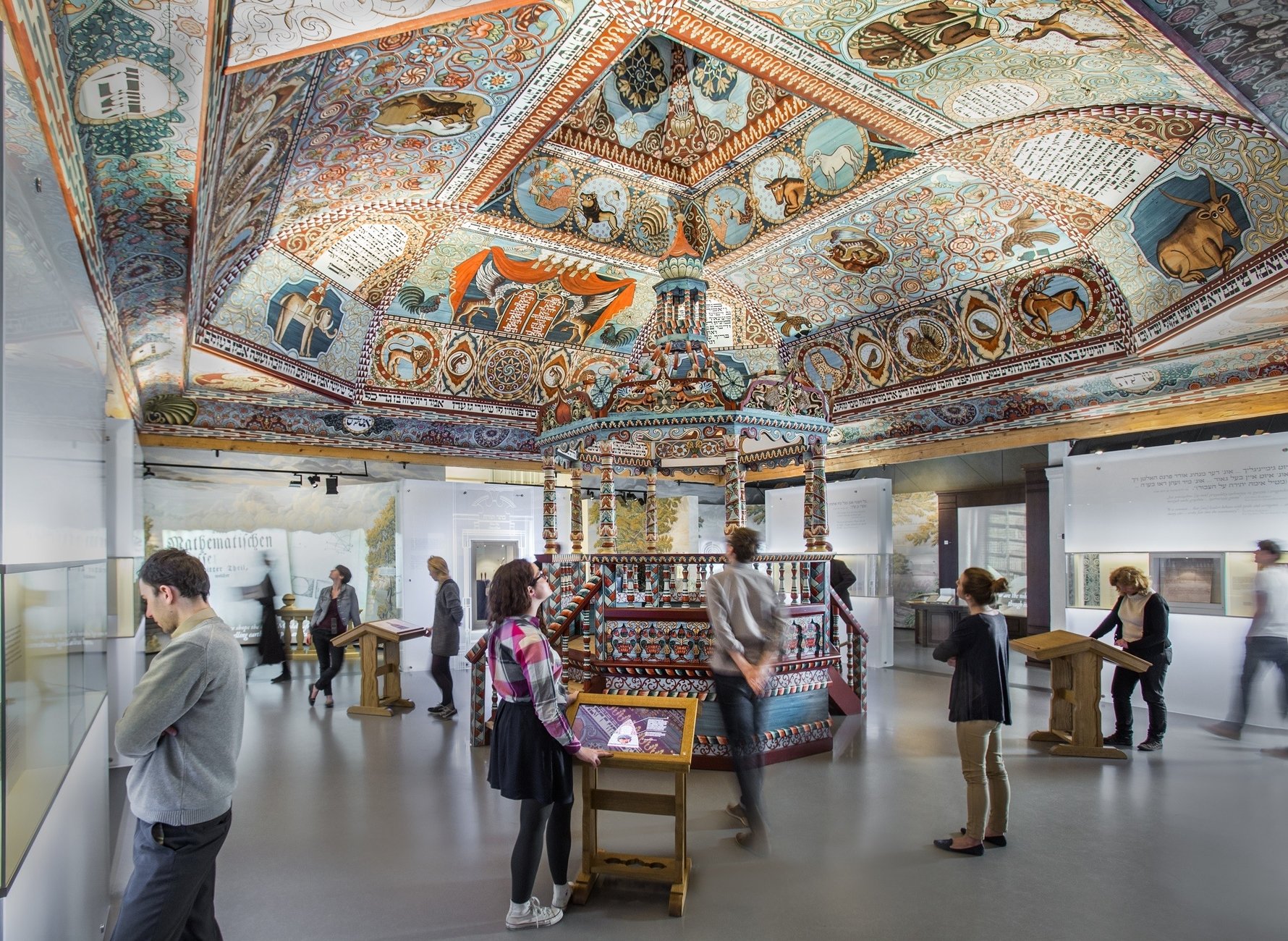
5. Museum of Warsaw
After a long and exhaustive renovation, one of our favourite museums in Warsaw finally reopened in grand fashion at the end of May 2017. The revamped museum's stored permanent collection (300,000 items total) now consists of three new curated sections: The Things of Warsaw, Warsaw Data and The History of Tenement Houses. Only 7,352 objects were initially selected to be displayed over 8 thematic rooms, however, now all remaining rooms are open (21 in total). Every item has been carefully chosen and many played starring roles in the city's storied history. There is plenty to see in this fascinating museum. The very buildings the museum is located in are a sight to behold. Interestingly, despite severe damage during the war, many of the original aspects of the architecture remained intact and can be viewed during your visit. The museum is a truly amazing and kinaesthetic way of experiencing the events and understanding the processes that formed Warsaw as we know it today.
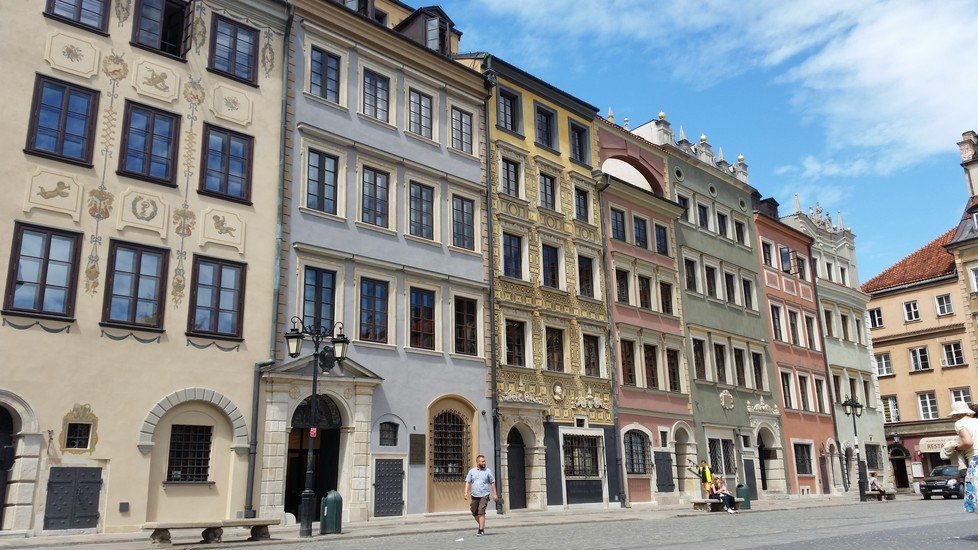
6. The Warsaw Rising Museum
Opened in 2004, this remains one of Poland’s best museums. Packed with interactive displays, photographs, video footage and miscellaneous exhibits it’s a museum that’s guaranteed to leave a mark on all visitors. Occupying a former tram power station the 2,000m2 space is split over several levels, leading visitors through the chronological story of the Uprising. Start off by learning about life under Nazi rule, your tour accompanied by the background rattle of machine guns, dive bombers and a thumping heartbeat. Different halls focus on the many aspects of the Uprising; walk through a replica radio station, or a covert printing press. The mezzanine level features film detailing the first month of battle, before which visitors get to clamber through a mock sewer. The final sections are devoted to the creation of a Soviet puppet state, a hall of remembrance, and a particularly poignant display about the destruction of the city; take time to watch the black and white ‘before and after’ shots of important Warsaw landmarks being systematically obliterated by the Nazis as punishment.
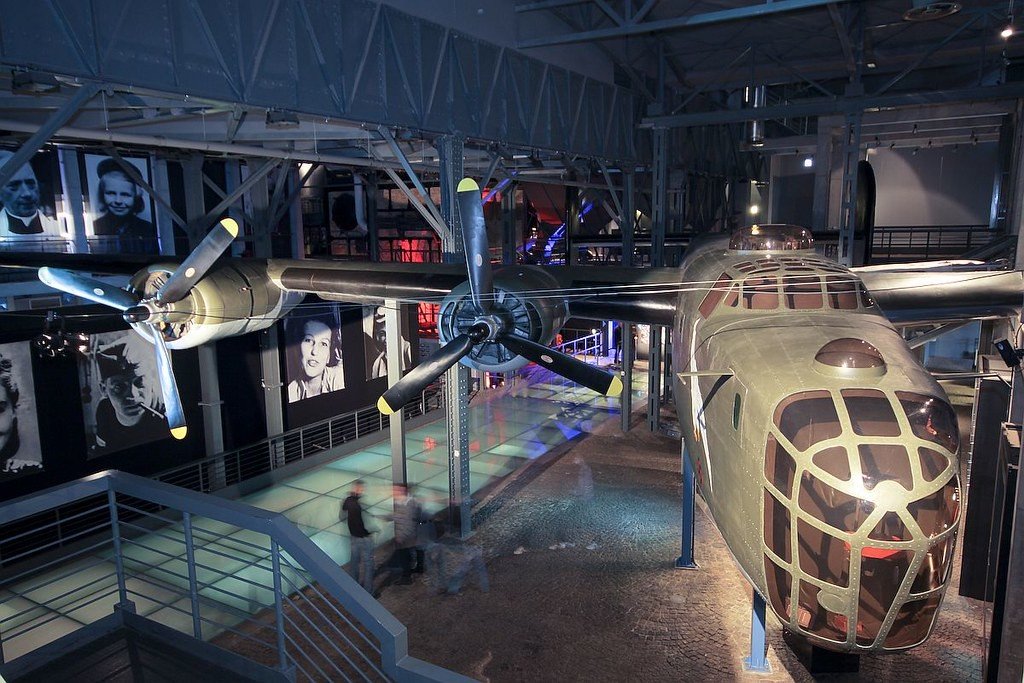
7. The Fryderyk Chopin Museum
Touted as one of the most high tech in Europe, this museum officially opened in the spring of 2010 to mark the 200th anniversary of one of Poland’s most famous sons. Taking up three floors, the museum features an interactive style and shares the life of Chopin from start to finish leaving absolutely no detail out. Among the 5,000 exhibits are his school exercise books, a sweet box, a gold watch presented to the ten year old Frederic by an admiring Italian singer and the passport he used to enter England. So comprehensive is the collection it even features the last letter he wrote to his family and dried flowers from his deathbed. Also, of course, are several paintings and sculptures (including his death mask), a recreation of his Paris drawing room, and even an intriguing section on his social circle. However, what really revolutionises this museum is the way your route is conducted. Aside from an avalanche of e-books, audio-visuals, music games and touchscreen options, the museum allows visitors to ‘adapt their trip to their particular circumstances.'
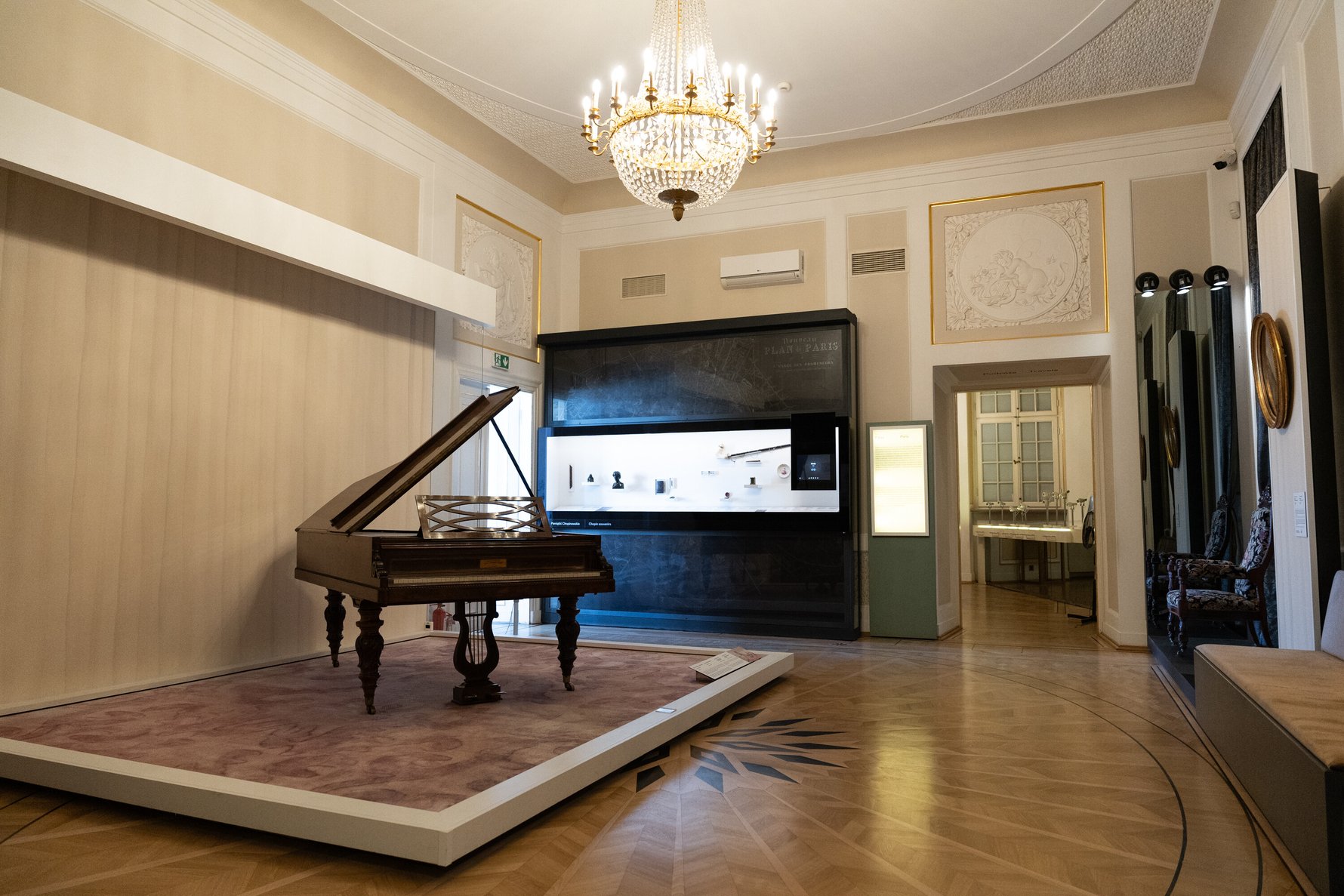
8. Wilanów Palace and Gardens
The ‘Polish Versailles’ is just one of the many fitting monikers applied to this splendid late 17th-century palace which can be found in the Warsaw district of Wilanów, 10 kilometres south of the city centre. Essential visiting for all who come to soak up the capital’s lavish culture and wish to understand a little more about ancient Poland, Wilanów is more than just a palace – it represents an era from which much has been lost. The palace, park and surrounding ensemble of buildings represent the height of Polish Baroque and this is one of Poland’s greatest national treasures.The sprawling 45-hectare setting is also full of things to do, from visiting the superb Poster Museum next door to renting a rowboat on the palace’s lake. If the weather’s good and you’ve got time to spare, it’s easy to spend an entire and thoroughly rewarding day here.
9. Katyń Museum
The Museum was created in 1993 but in 2015, it relocated to its current site in the impressive Warsaw Citadel and the permanent collection can now be viewed in appropriately grand and stoic surroundings. The museum documents the shocking events of 1940, known as the Katyń Massacre, when around 22,000 Polish officers were executed by their Soviet captors in the middle of a Russian forest. The museum has a host of objects, documents and personal effects that have been recovered from the site near Smoleńsk, Russia. The artefacts from the victims and a scrolling list of the victim’s names needs no explanation and the multimedia presentation of the extenuating circumstances, the victim's stories and historical relevancy are well thought out and it's worth exploring the whole museum.
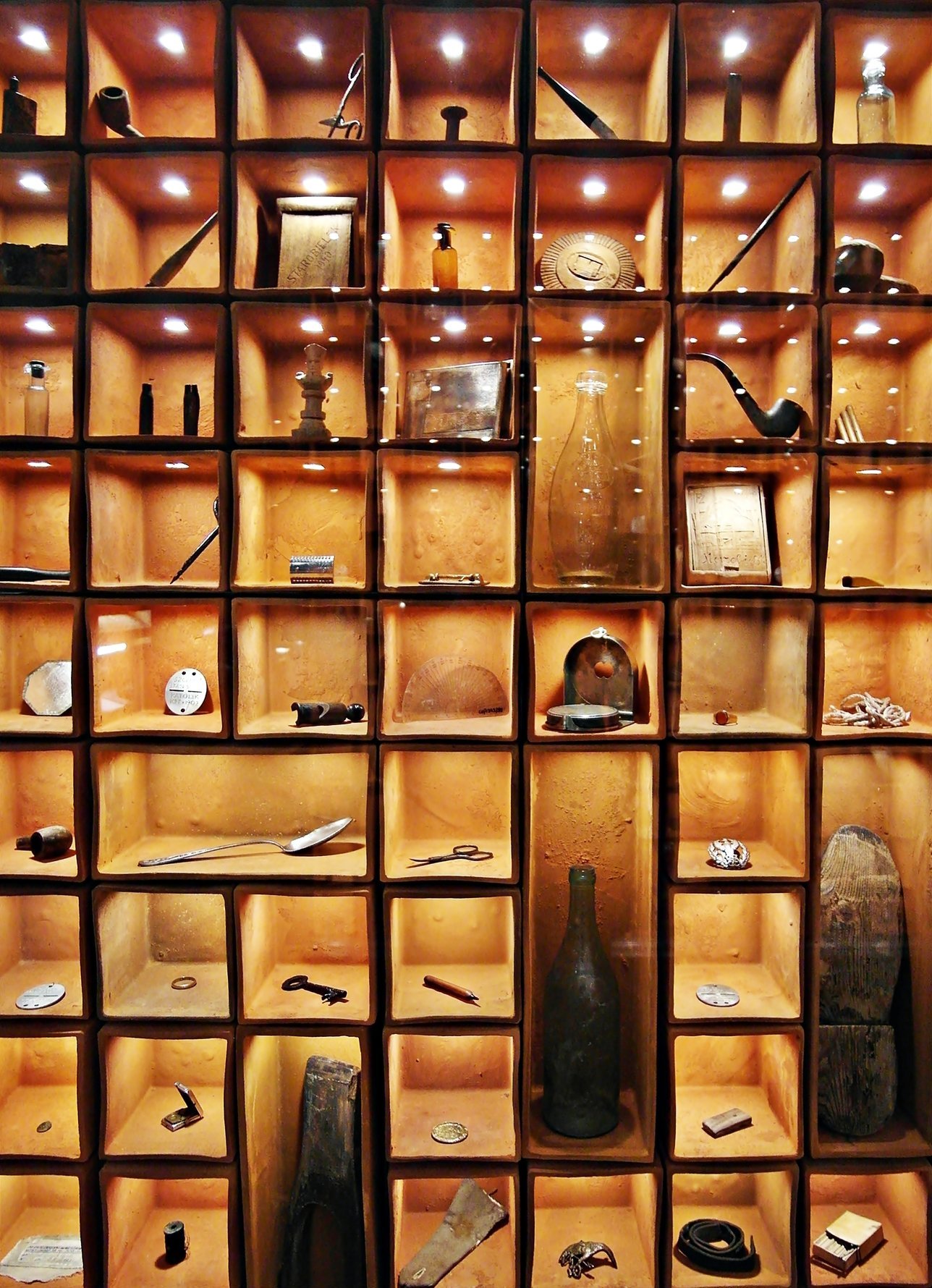
10. Zachęta National Gallery of Art
Unmissable. One of the leading galleries in Poland, with a focus on the contemporary. The Zachęta National Gallery of Art (Narodowa Galeria Sztuki) is located in the centre of Warsaw, just across from the Saxon Garden. The name of the gallery derives from the Polish word for encouragement and refers to the group that created it: Society for the Encouragement of Fine Arts (Towarzystwo Zachęty Sztuk Pięknych), created in 1860. The gallery does a fine job in bringing the best in contemporary art from the 20th and 21st century to you in a mix of temporary exhibitions.


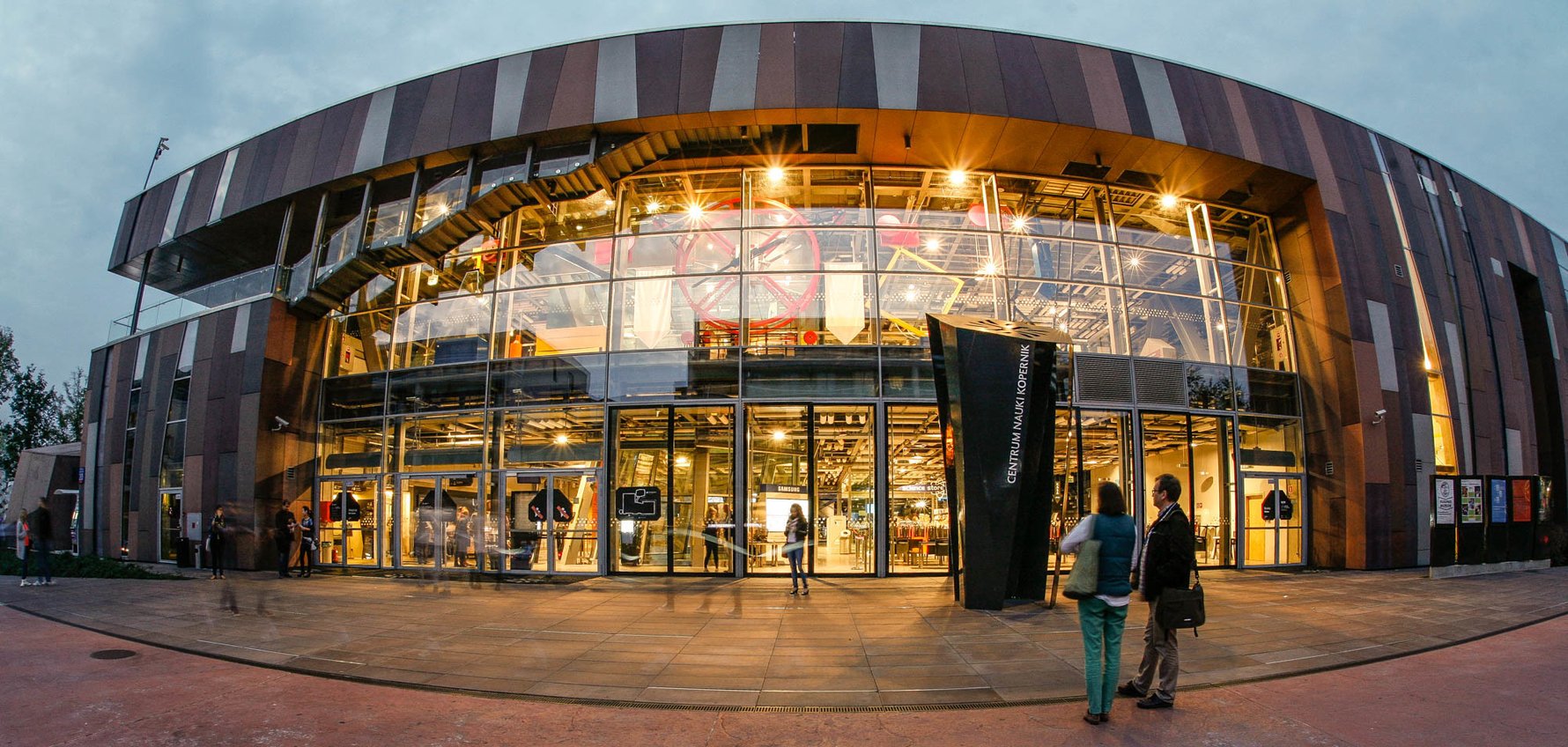
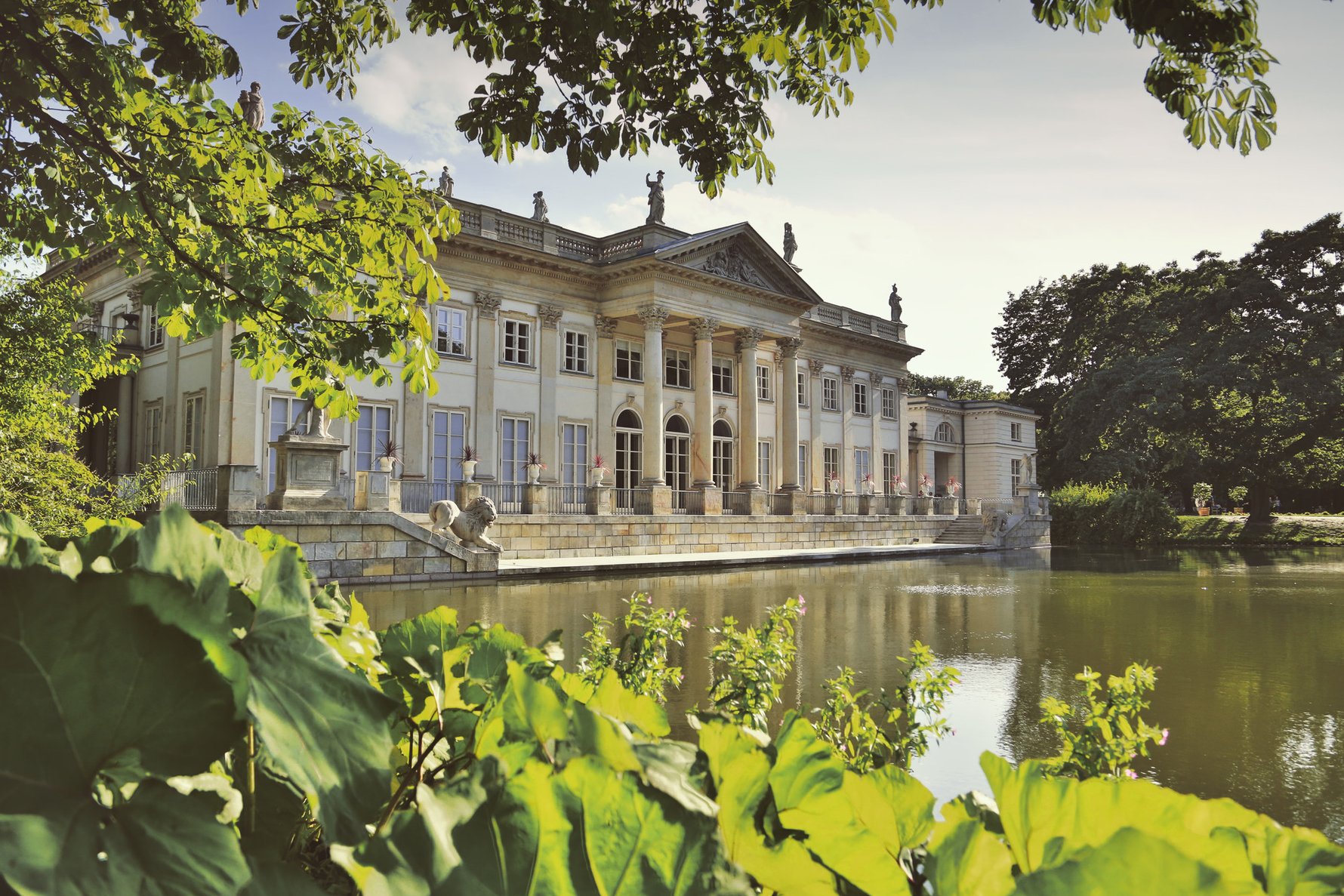
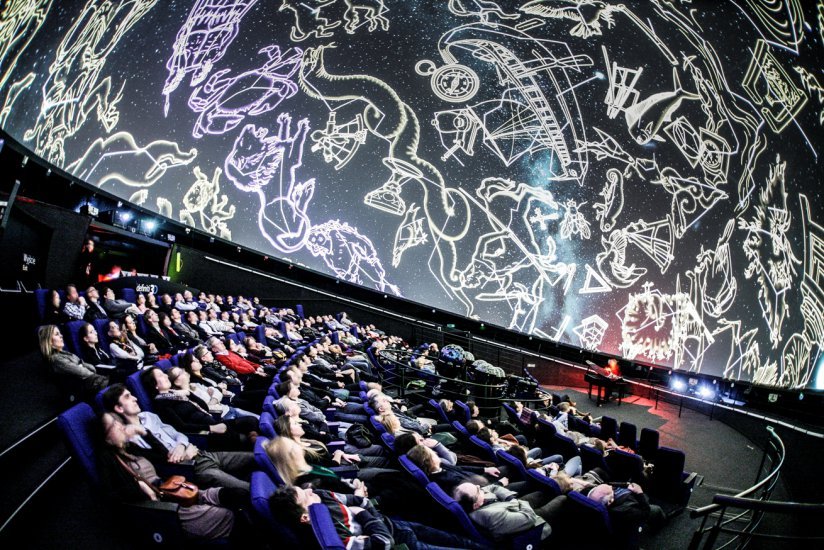
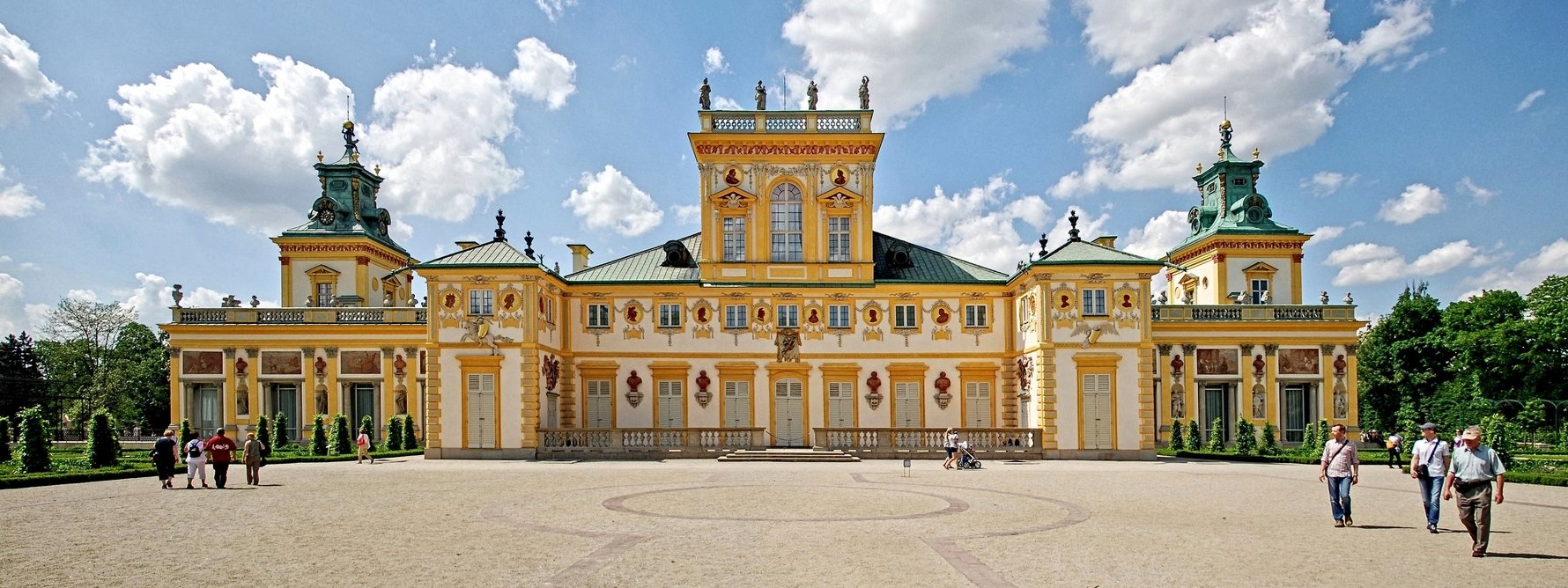
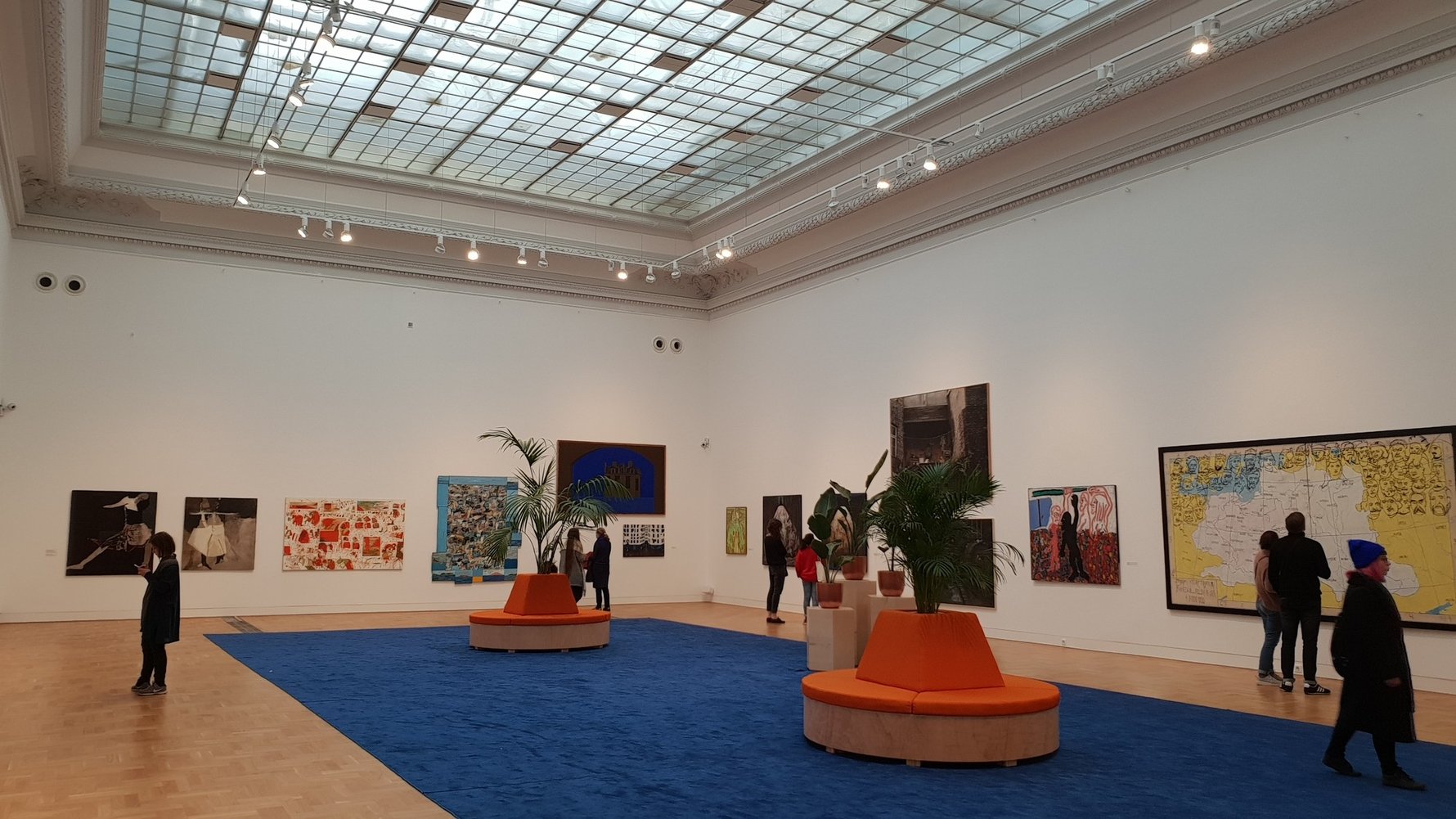



Comments